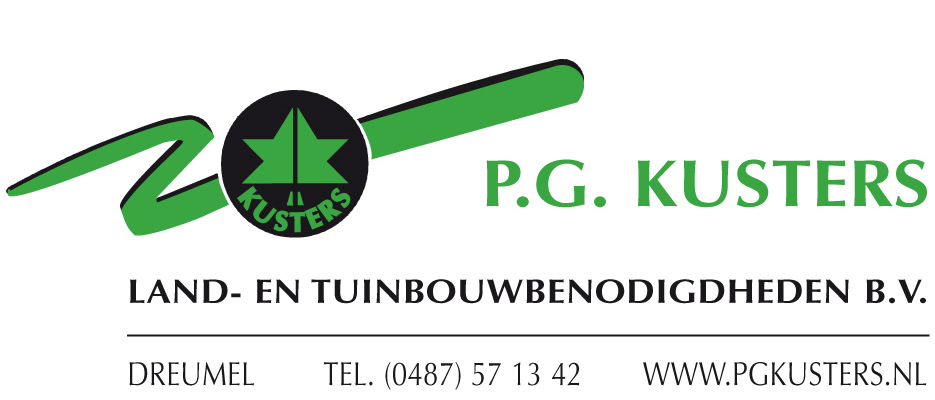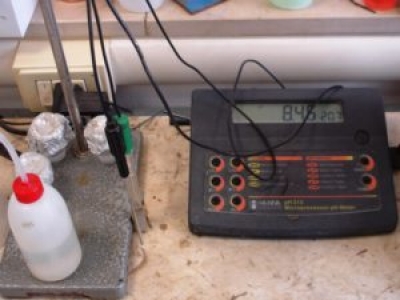Ammonium sulphate, (NH4)2SO2
During indoor composting, NH3 is removed from the air by a reaction of the air to sulphuric acid, H2SO4. The by-product resulting from this process is ammonium sulphate, (NH4)2SO2. ammonium sulphate can be added to compost as a source of nitrogen. This reduces the pH value of the compost.
Gypsum?
What is the principle property of gypsum? The acid binding capacity of gypsum neutralises the pH in the compost. So what does gypsum actually do? Gypsum also makes the chicken manure less sticky. The advantage of this is that the manure can be mixed through the decomposed straw better. The gypsum ensures the compost structure stays open and airy and is less inclined to become anaerobic. As the previous blog explained, this is a very important condition to ensure the pH falls during the process.
Water
Gigantic amounts of water are applied during phase I. The moisture content of the straw rises from 5- 20% to a moisture content of 74- 76% at the moment of filling into the phase II tunnel. That moisture is created by the added water. The pH of the water therefore has a far greater influence than you might think.
Rain water/groundwater
If a lot of rainwater, with a pH of 6 or even lower, is used during the rainy season, and more groundwater, with a pH of 7, during the dry season, you will also notice that the pH value gradually changes over time. The water is recycled at the composting plant, which explains the gradual change.
Anaerobic water
If the recycled water, or process water, is stored in a reservoir, it must not be allowed to become anaerobic. If water does become anaerobic, all the micro-organisms in the water will be destroyed and the pH value of the process water will fall sharply. This will cause poor results at the end of the composting process.
Mark den Ouden
www.mushroomoffice.com





















